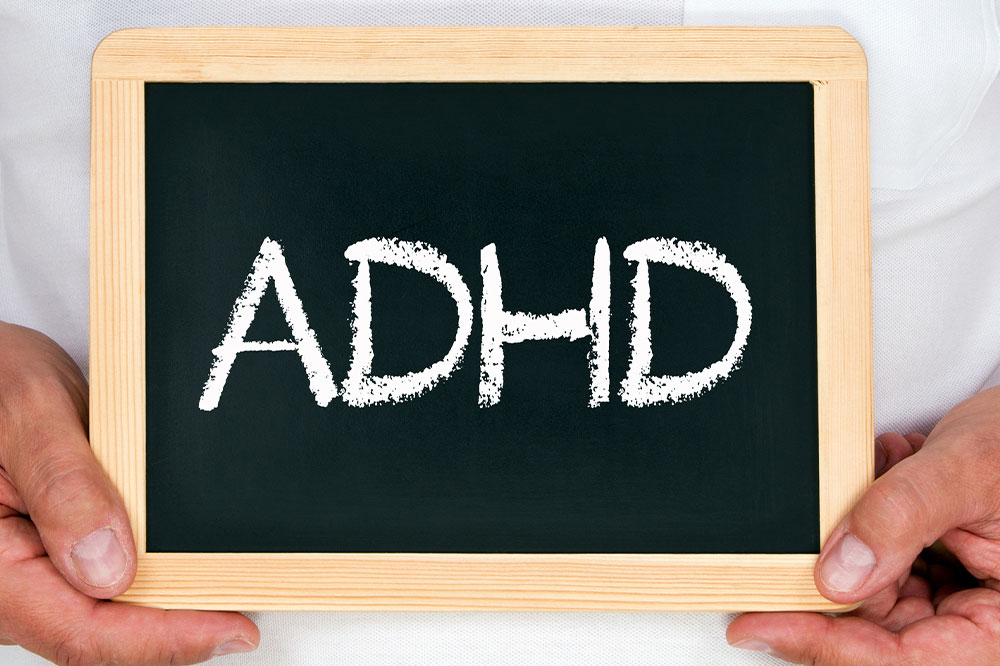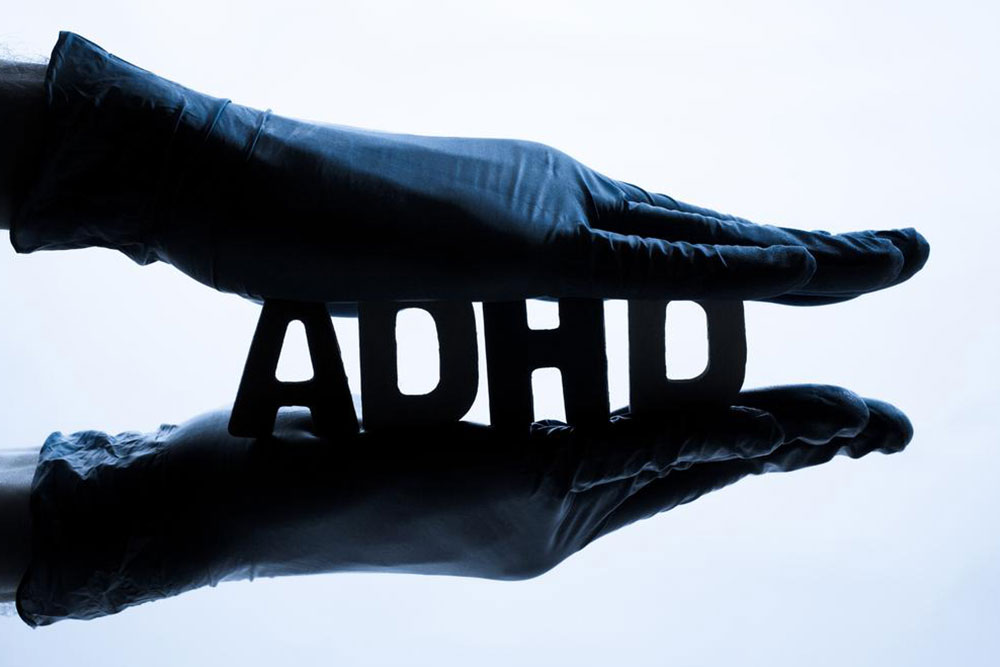Effective Non-Medication Approaches for Managing ADHD in Children
Explore effective non-medication strategies for managing ADHD in children. From dietary changes and neurofeedback to exercise and environmental adjustments, this comprehensive guide offers practical solutions to improve focus and behavior without relying solely on medication. Implementing these holistic methods can significantly enhance a child's quality of life and emotional well-being.

Effective Non-Medication Approaches for Managing ADHD in Children
Attention Deficit Hyperactivity Disorder (ADHD) is a common neurodevelopmental condition that affects millions of children worldwide. While pharmacological treatments—particularly stimulant medications—are widely prescribed and have proven effective for approximately 80% of cases, many parents and caregivers remain cautious about using medication due to potential side effects and long-term health concerns. As a result, exploring non-medication strategies has become a vital part of managing ADHD symptoms effectively. These alternative approaches aim to improve focus, reduce hyperactivity, and enhance overall quality of life without relying solely on pharmaceutical interventions.
In this comprehensive guide, we will explore various non-drug methods supported by healthcare professionals that can help manage ADHD symptoms through lifestyle adjustments, behavioral therapies, environmental modifications, and alternative therapies. Implementing these strategies requires patience and consistency, but many children experience significant benefits when these approaches are integrated into their daily routines.
Below, we delve into some of the most prominent and evidence-supported non-medical methods that can be tailored to meet the individual needs of children with ADHD. These include dietary modifications, neurofeedback therapy, physical activity, relaxation techniques, and creating optimal environmental conditions at home to foster better focus and emotional regulation.
1) Nutritional Strategies for Managing ADHD Symptoms
Dietary choices can have a notable impact on behavior and concentration levels in children with ADHD, although ongoing research continues to examine the extent of this influence. Some studies suggest that certain food additives and highly processed ingredients may exacerbate hyperactivity and impulsivity. As a precaution, reducing or eliminating artificial food colors, preservatives, and certain additives—such as artificial sweeteners—can lead to behavioral improvements.
In addition, limiting intake of sugar, wheat, dairy products like milk, and eggs might help some children experience calmer behavior. Emphasizing a balanced diet rich in whole foods, including fresh fruits, vegetables, lean proteins, and complex carbohydrates, supports overall brain health and energy regulation. Consulting with a registered dietitian or healthcare provider can help craft an individualized nutritional plan that minimizes potential triggers and promotes a healthy, stable mood.
2) Neurofeedback Therapy: An Emerging Technique
Neurofeedback, also known as EEG biofeedback, has gained popularity among parents looking for non-invasive options to improve their child's attention span and behavioral control. The process involves attaching sensors to monitor brainwave activity while the child engages in specific tasks or games designed to promote healthier brain patterns. Over time, neurofeedback aims to train the brain to self-regulate more effectively, leading to reduced impulsivity, enhanced concentration, and better emotional control.
Although scientific research continues to evaluate its long-term efficacy, many families report positive outcomes with neurofeedback, especially when combined with other behavioral strategies. It is essential to work with trained professionals who specialize in this therapy to ensure safe and tailored interventions.
3) Incorporating Exercise and Mindfulness Practices
Regular physical activity is a cornerstone of managing ADHD symptoms naturally. Exercise increases the production of neurotransmitters like dopamine and norepinephrine, which are often deficient in children with ADHD. Activities such as running, swimming, cycling, and team sports can significantly help improve attention, reduce impulsivity, and promote better emotional regulation.
Furthermore, mindfulness-based practices like yoga and meditation teach children relaxation and self-awareness skills. These techniques help reduce stress and anxiety, common comorbidities in children with ADHD, and can improve focus and self-control over time. Including calming routines before homework or bedtime, such as deep breathing exercises or guided meditation, can foster a more focused and peaceful environment.
Encouraging participation in team sports and group activities not only enhances physical health but also promotes social skills, confidence, and discipline—traits that are often beneficial for children managing ADHD challenges.
4) Creating a Supportive Environment and Managing Stress
The environment in which a child with ADHD lives plays a critical role in symptom management. Establishing a structured and predictable daily routine helps children know what to expect, reducing anxiety and behavioral outbursts. Consistent times for waking up, meals, homework, play, and sleep can help stabilize their circadian rhythms and improve overall functioning.
Besides routine, minimizing environmental distractions is essential. Designing a quiet, organized space for learning and relaxation—free from clutter, loud noises, or electronic distractions like TVs and smartphones—can significantly enhance the child's ability to concentrate.
Using visual schedules, timers, and checklists can also help children stay on task and develop greater independence. Creating a calming atmosphere with soft lighting and comfortable furniture can foster emotional regulation and reduce overstimulation.
Effective stress management techniques for caregivers and children include engaging in calming activities together, practicing deep breathing, and seeking social support. Recognizing early signs of overstimulation or frustration allows for timely interventions, helping to prevent escalation and maintain a supportive environment conducive to growth and development.
Concluding Thoughts
Managing ADHD without medication is achievable through a combination of dietary adjustments, behavioral therapies, physical activity, and environmental modifications. While each child is unique and may respond differently to various strategies, adopting a holistic, multi-faceted approach offers a promising pathway to improved focus, reduced hyperactivity, and better emotional well-being. Collaborating with healthcare professionals, educators, and family members to tailor these methods ensures a comprehensive plan that suits individual needs. With patience, consistency, and support, children with ADHD can thrive and lead fulfilling lives, whether or not they are on medication.





